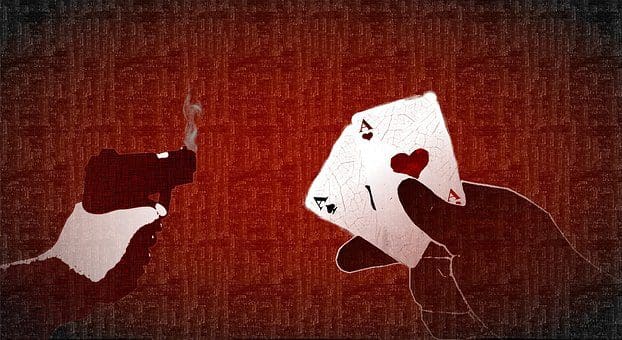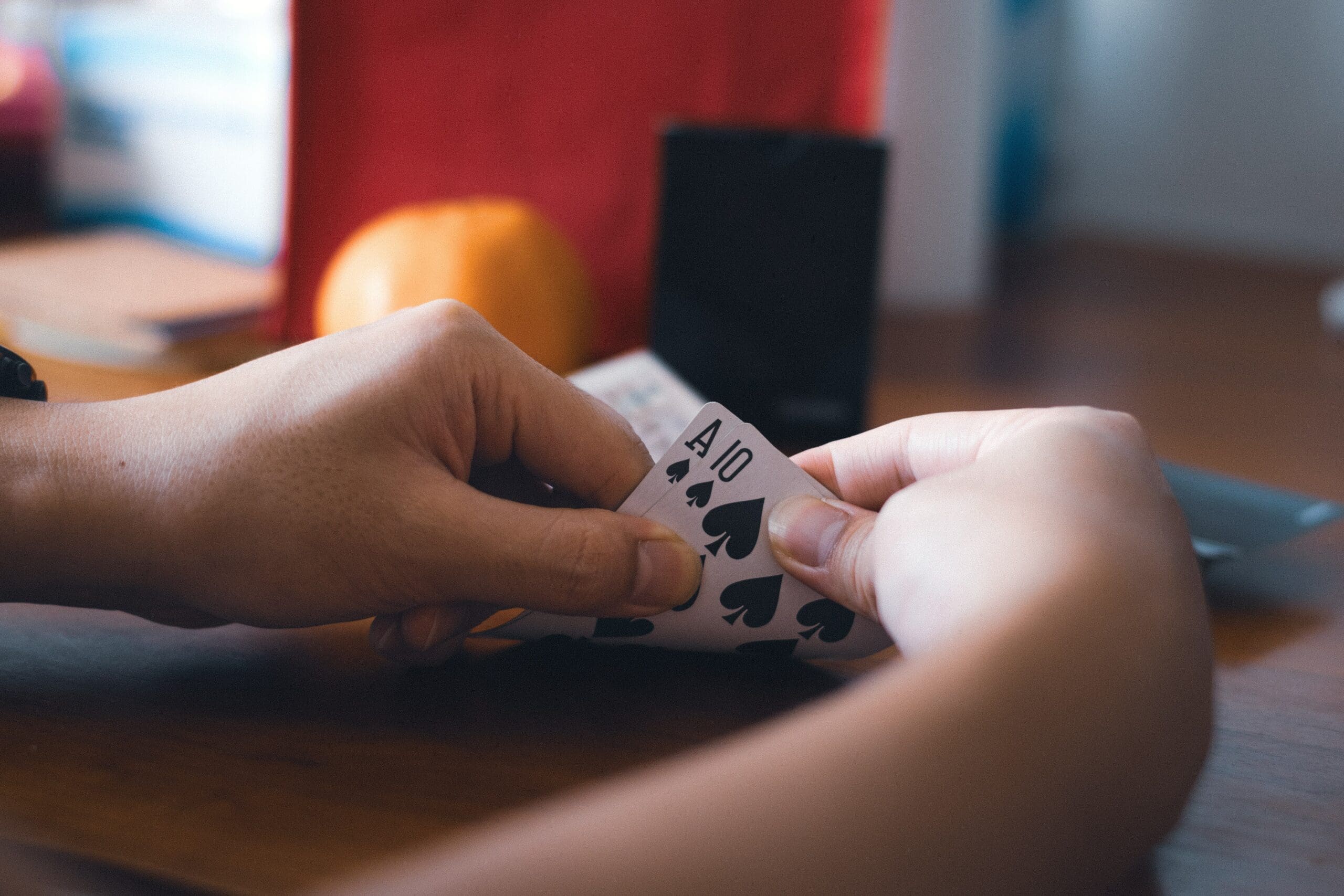Blackjack is possibly the most popular card game worldwide, a title challenged only, perhaps, by poker. It’s a sport unto itself, challenging even the world’s most popular like football, and an inspiration for content creation, now one of the biggest sources of entertainment in the world on sites like YouTube. It’s also called 21 or Vingt-Un in French, where the game is believed to come from. It has inspired many Hollywood movies and groundbreaking academic work.
Its rules have gone through several modifications. Additionally, the internet has opened an entire world of variations, adding in promotions and incentives too. For example, you can find the best offers and enjoy a round of blackjack or two.
If you’re new to blackjack, this article is for you. Here, you’ll find the most effective strategies to lift your playing level.
No Longer the Same Dealer
The game’s original version is played with only one deck of 52 cards. Then, Edward Thorp ruined the game, at least for casino owners. Edward Thorp was a mathematician and the mastermind behind the card-counting method that would change the game forever. Thorp explained his method in the book Beat the Dealer, from 1962. He could calculate the following card with astonishing precision based on the one-deck rule.
Card-counting isn’t really stealing, as the mathematician only took advantage of a loophole in the game. Still, most casinos work hard to track and ban players that are “too clever.” Not only so, but casinos also went to court for the right to change the rules and safeguard their businesses. Nowadays, even the so-called “classic” version is played with up to eight decks of 52 cards, making counting impossible.
Crash Course
Before heading to the leading strategies and concepts, let’s brush up on your knowledge of blackjack rules. The main objective is to make 21 points with the cards in your hand. Every player, including the dealer, starts the game with two cards, although dealers must keep one of their cards face up, though.
If you go over 21, you lose. It’s impossible to sum up over 21 points with only two cards, but it’s possible to hit 21, or blackjack, in the first round. All you need is an Ace and a 10-value-card. However, if you aren’t so lucky, you’ll have to make some decisions. You can stand, hit, split your hand, or double down your bet.
You can also choose to surrender if your opponents start betting, but your hand isn’t promising. Rules for surrendering can vary from one venue to another, but typically, the player only loses half of the bet.
Now, after doing the homework and learning the rules dutifully, check the Top 5 ways to step up your game.
Start Small
If you aren’t an experienced player, start with small bets. Controlling your budget and preventing overspending should be your top priorities while gambling. I prefer low-stakes tables while you gain confidence in the game. Alternatively, there are free blackjack platforms where you can try out your skills without risking your wallet. The most popular kinds of online casinos provide efficient tools for the task.
When to Stand
Like most games of skill, blackjack is a game of decision-making. So, it’s crucial to understand your options and the best course of action for each case. If you choose to stand, it means you won’t get a new card, and your turn is over. Because you need to beat the dealer without hitting more than 21, your decision will depend on the card the dealer has face up.
If the dealer has a seven or higher card facing up, it means you’ll need a strong hand to win the round. In this case, you should only stand if you’ve been given a 17 or higher hand. Now, if the dealer has a low-value card, ranging between 2 and 6, you can stand if your hand is higher than 13.
When to Hit
You get a new card to add to your count when you choose to hit. The decision to hit is comparable to the decision to stand. Getting a new card can blow up your hand over 21. Not getting a new card leaves you vulnerable to other players trying to improve their games.
If your hand ranges between 12 and 16, but the dealer comes up with a high card (7 or above), it’s advisable to hit. Here, the risk of being outplayed by the dealer is higher than busting your hand, so it’s better to take your chances than just watch it passively. Generally, you should always choose to hit if your hand is as low as 8 or 9.
When to Split
Splitting is only allowed when you’re dealt a pair. It’s a one-time decision, and you must make it on the spot. You’ll get two additional cards if you choose to split, forming two hands. Splitting doesn’t come for free, though. You must pay for the extra hand that increases your winning – and losing – chances.
Is every pair worth splitting? Not quite. As a rule of thumb, split when you’re dealt a pair of Aces or 8s. Splitting Aces give you a fair chance of hitting a blackjack since 30.7% of the cards are 10-value ones. A hand of 16 doesn’t have much of a fighting chance, and you’ll be better off splitting it for a second chance. The same goes for low pairs.
When to Double
Doubling your bet is a bold move in any game. Here, it also means you get an extra card. When you see someone doubling down, it means the person’s hand is either a 10 or 11. Having one of those hands gives you great chances of an excellent outcome, as you now have a 30.7% chance to hit a winning card.
Doubling down also pushes the dealer to the limit because dealers must keep buying new cards until they reach 17. You need a premium hand to challenge the dealer. If the dealer’s face-up card is a low one, it’s a perfect moment for doubling down and making your pot fatter.
A Long Journey

Blackjack rules are relatively simple, but mastering its secrets can take time and dedication. Card-counting like Edward Thorp is no longer possible in most casinos. The use of several decks became common. Also, casinos developed some incredibly complex shuffling techniques.
It’s still possible to find land-based venues offering the original blackjack. The documentary Inside the Edge shows the life of a professional card counter in casinos across the United States. The same documentary also shows how card counters are kindly invited to leave. Anyway, the strategies above can guide your decisions even in games with multiple decks. After all, they’re more estimates than actual calculations.



